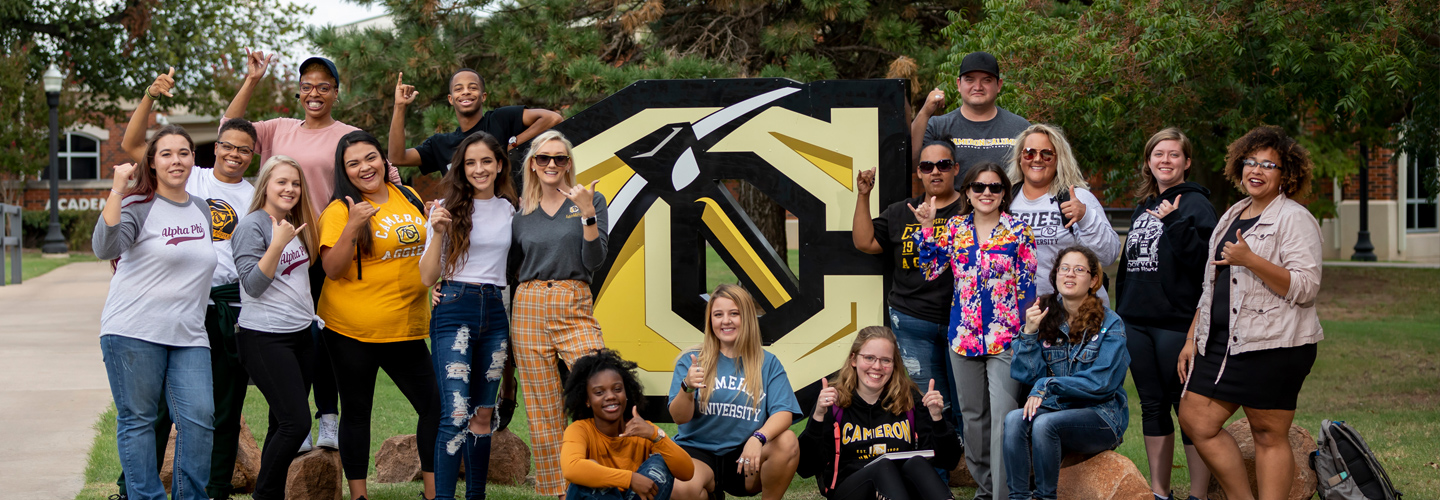MULTIMEDIA
Video Captions
Captions are text versions of the spoken word presented within multimedia. Captions allow the content of web audio and video to be accessible to those who do not have access to audio.
Though captioning is primarily intended for those who cannot hear the audio, it has also been found to help those that can hear audio content, those who may not be fluent in the language in which the audio is presented, those for whom the language spoken is not their primary language, etc.
Common web accessibility guidelines indicate that captions should be:
- Synchronized - the text content should appear at approximately the same time that audio would be available.
- Equivalent - content provided in captions should be equivalent to that of the spoken word
- Accessible - caption content should be readily accessible and available to those who need it1
Captioning on YouTube
Creating Subtitles and Closed Captions on Your YouTube Videos
Transcripts
Transcripts provide a textual version of the content that can be accessed by anyone. Screen reader users may also prefer the transcript over listening to the audio of the web multimedia.2
1Summarized from: "Captions, Transcripts, and Audio Descriptions." WebAIM: web accessibility in mind. WebAIM. 29 Aug 2013. Web. 28 April 2015. https://webaim.org/techniques/captions/
2"Captions, Transcripts, and Audio Descriptions." WebAIM: web accessibility in mind. WebAIM. 29 Aug 2013. Web. 28 April 2015. https://webaim.org/techniques/captions/

